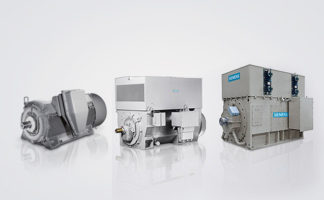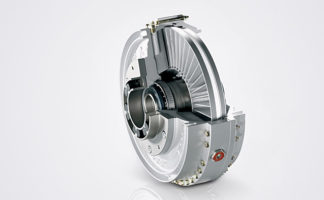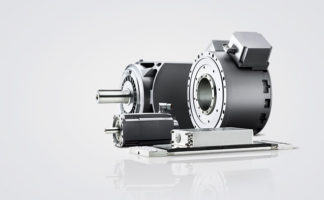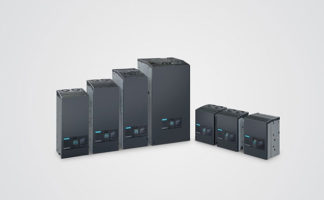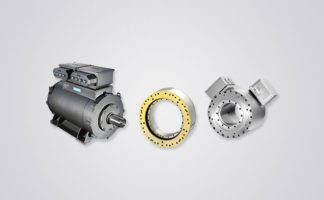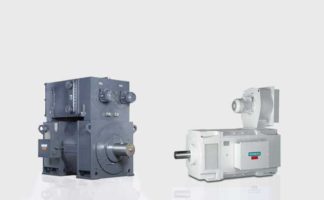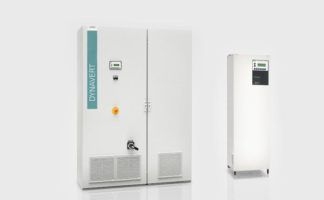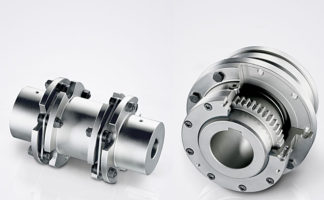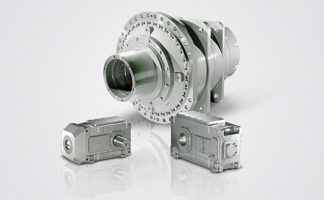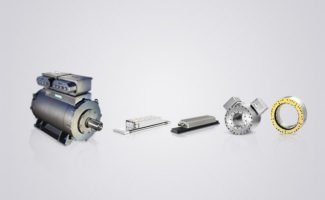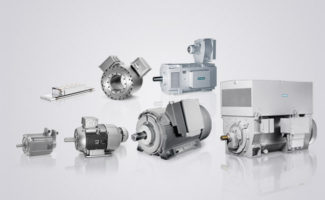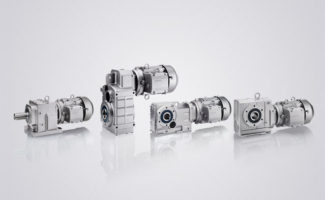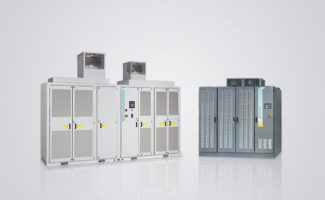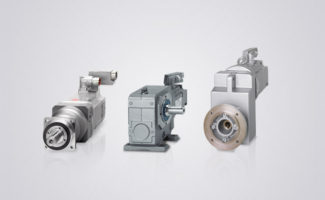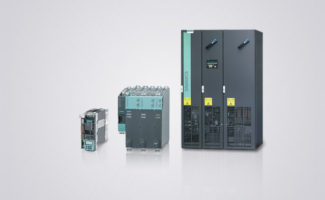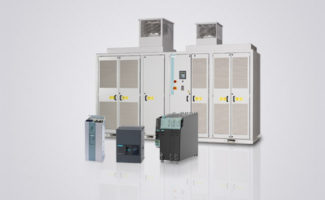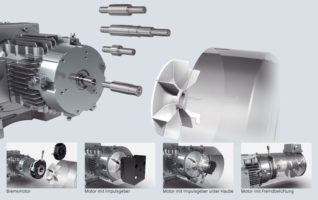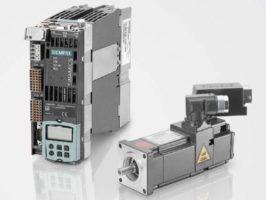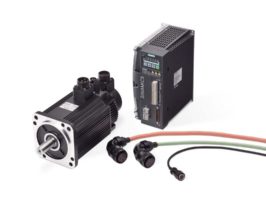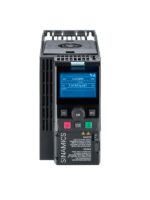
2/2
Siemens D 11 · 2015
2
Highlights
Safety Integrated
■
Overview
Legal framework
Machine manufacturers and manufacturing plants must ensure
that their machines or plants cannot cause danger due to mal-
functions in addition to the general risks of electric shock, heat
or radiation.
In Europe, for example, compliance with the machinery directive
is required by law by the EC occupational health and safety
directive. In order to ensure compliance with this directive, it is
recommended that the corresponding harmonized European
standards are applied. This triggers the "assumption of confor-
mity" and gives manufacturers and operators the legal security
in terms of compliance with both national regulations and
EU directives. The machine manufacturer uses the CE marking
to document the compliance with all relevant directives and
regulations in the free movement of goods.
Safety-related standards
Functional safety is specified in various standards. For example,
EN ISO 12100 specifies standards pertaining to machine safety
(risk assessment and risk reduction). IEC 61508 specifies basic
requirements for electronic and programmable safety-related
systems. EN 62061 (only applicable for electrical and electronic
control systems) and EN ISO 13849-1, which has replaced
EN 954-1, define the functional and safety-related requirements
of safety-oriented control systems.
The above-mentioned standards define different safety require-
ments that the machine has to satisfy in accordance with the risk,
频率的一个危险的年代ituation, probability of occurrence
and the opportunities for recognizing impending danger.
•
EN ISO 13849-1: Performance Level PL a … e
•
EN 62061: Safety Integrity Level SIL 1 … 3
Trend toward integrated safety systems
The trend toward greater complexity and higher modularity of
machines has seen a shift in safety functions away from the
classical central safety functions (for example, shutdown of the
complete machine using a main disconnecting means) and into
the machine control system and the drives. This is often accom-
panied by a significant increase in productivity because the
equipping times are shortened. Depending on the type of
machine, it may even be possible to continue manufacturing
other parts while equipping is in progress.
Integrated safety functions act much faster than those of a con-
ventional design. The safety of a machine is increased further
with Safety Integrated. Furthermore, thanks to the faster method
of operation, safety measures controlled by integrated safety
systems are perceived as less of a hindrance by the machine
operator, therefore significantly reducing the motivation to con-
sciously bypass safety functions.
© Siemens AG 2015




